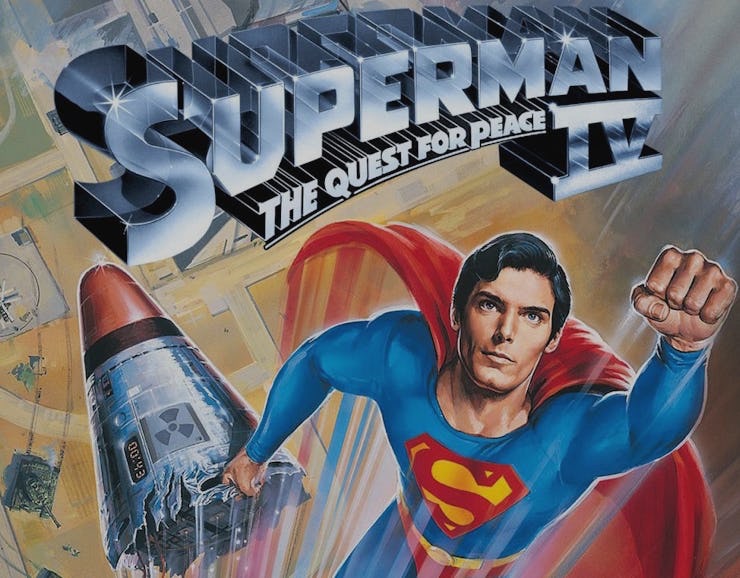
In November 2006 we were treated to the inclusion of nearly thirty minutes of added deleted scenes from Superman IV for the deluxe edition DVD release, all of which were taken from a workprint of the film. In most cases the footage contained temporary music and visual effects, while in other places the visual effects and one piece of music were completed. That would indicate that the workprint was from May 1987, given the scoring of the “Red Alert” sequence in England by that time, and the visual effects team, film and music editors, and everyone were scrambling to get the film completed and ready for its release in July of that year.
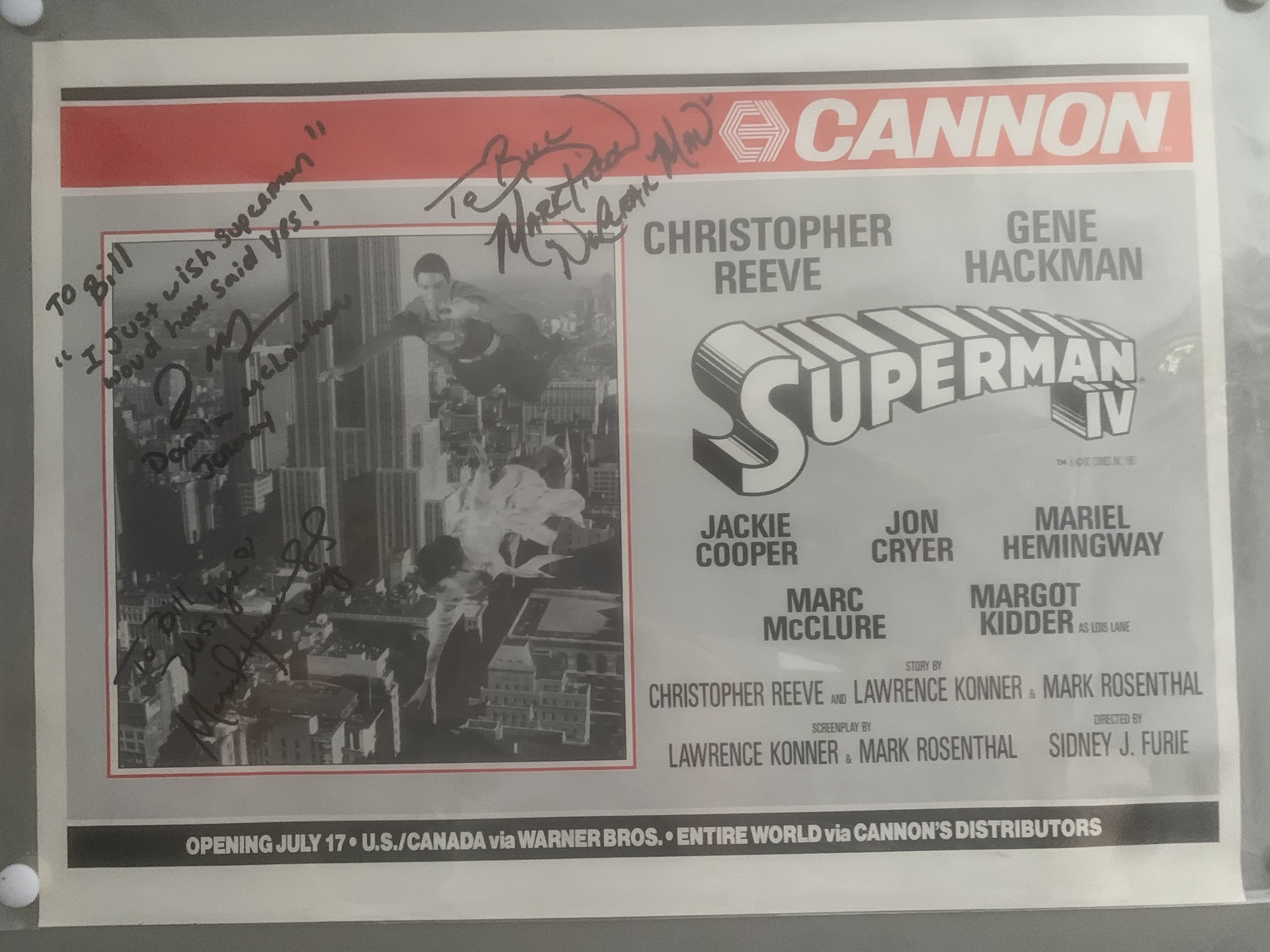
Then came the press interviews for the film, followed by the infamous and disastrous Orange County, California, screening in June, followed by the wholesale editing of 45 minutes of footage from the film—which I believe was shown in Orange County in its final completed form—at the request of Warner Bros. executives to meet its release date. Cannon Films producer Menahem Golan later said that the cuts were made to squeeze out more screenings, which in turn would bring in more money, which obviously didn’t prove to be the case. Starlog Magazine, which was the biggest source of information on movies in the days before the Internet, reported that some 30 minutes of footage had been cut from the movie, suggesting at least a running time of 120 minutes.
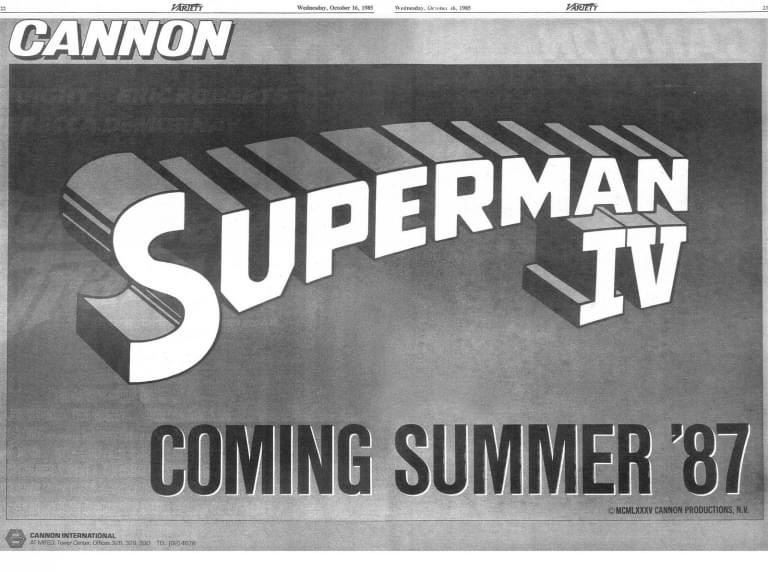
It wasn’t until the mid to late 1990s that reports of a 134-minute cut first surfaced online, and the earliest place I saw it was on Gregory Oshel’s Superman movies page on Geocities. (Who remembers Geocities?) This soon followed on various sites and message boards including Superman Cinema, and over the next several years a wild rumor spread that the 134-minute cut aired on the then-defunct SFM Holiday Network as its final telecast, with various people posting that they had a copy of said cut, but nobody could supply the proof. It was met with variations on the same theme—they couldn’t locate the tape, their parents or relatives taped over it, their dog ate the tape, and so on—which led scores of people including me to debunk the rumors as false. One rumor led me to contact a video store in the Netherlands that supposedly had a 120-minute copy of the film, but they informed me that it was actually 88 minutes long. And then there was the Japanese laserdisc from Tohokushinsha Video (see my earlier blog “That Japanese Laserdisc” for more details), which ran 93 minutes long. To date it remains the longest cut of the movie to be officially released.
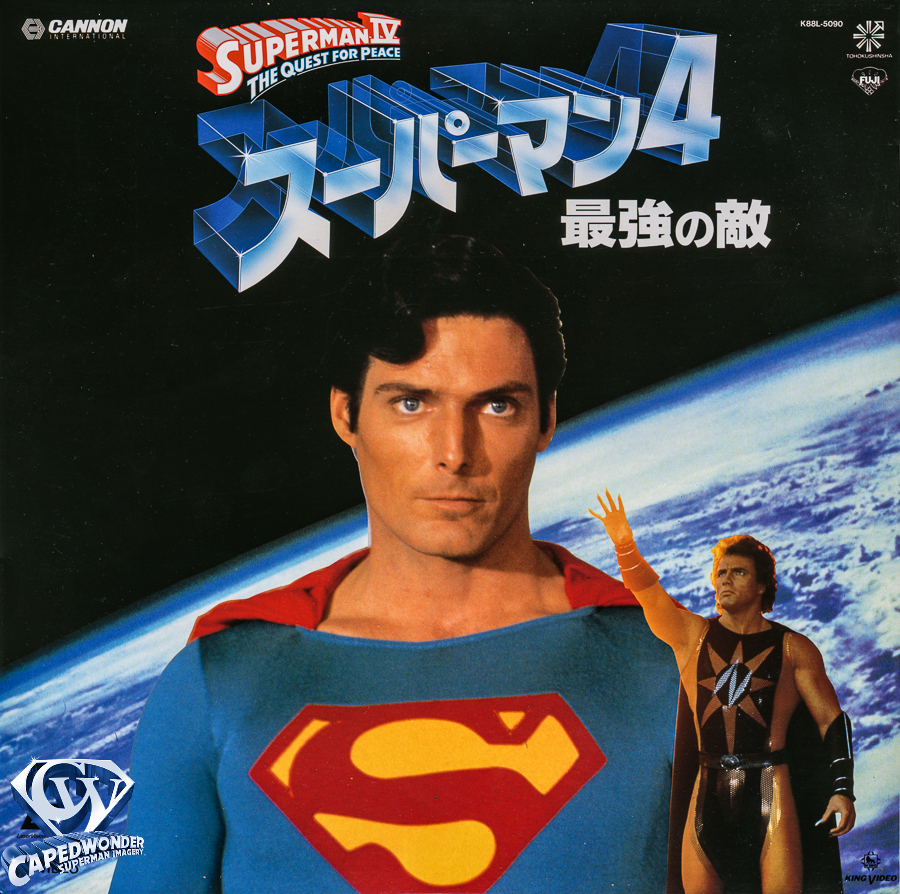
Eventually the report of the 134-minute cut was proven to be factual, first by an interview with visual effects supervisor Harrison Ellenshaw in a print interview, I want to say that it was in Starlog, and then by screenwriter Mark Rosenthal in his audio commentary on the DVD.
In 2007 I took it upon myself to assemble all of the available pieces together into a reconstruction of that original cut, using the deluxe edition DVD, a copy of the Japanese cut, and a DVD+R recorder. I didn’t have a copy of the script or the DC Comics adaptation or the Scholastic novelization on hand to guide me, and the soundtrack was still a year away, so I went with what I had. Crude but effective. (Other people have since done more seamless edits, including one fan cut called “The Quest for Coherence”, using the comic book adaptation and the 2008 soundtrack CD release to bring it even closer.) It remains one of the few pleasant memories of an otherwise painful year that saw my life descend into chaos and despair.
But two things stood out in my Superman IV reconstruction project. First, the film began to make sense. I had memories of reading the DC Comics adaptation and the novelization, but now I could see it for myself, even if there were gaps in obvious places. Second, with all of the available pieces brought together, that cut ran a few seconds short of 116 minutes. I had a conversation with Mike Matessino about the film, and he suggested that the film may have been no more than 124 minutes long, which at the time was certainly not out of the question.
That leaves eighteen minutes of footage to account for. Eighteen minutes of scenes that to this day remain unreleased and unseen by the public since the Orange County screening. So which scenes remain unaccounted for? Here’s what we can determine, based on behind the scenes pictures, script information, the DC adaptation, and the actual film itself.
The first scene that remains lost is a brief moment early in the film, as Clark Kent returns home to Smallville and visits the graves of his parents. The scene is apparently short, but it’s a touching moment for Clark.
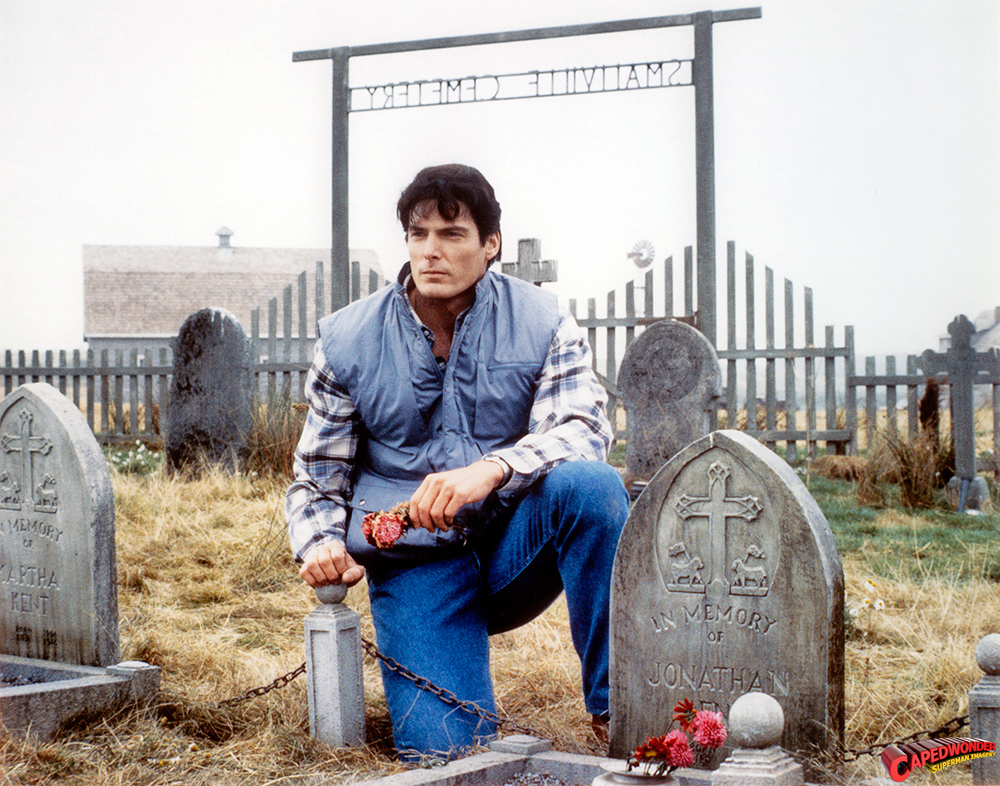
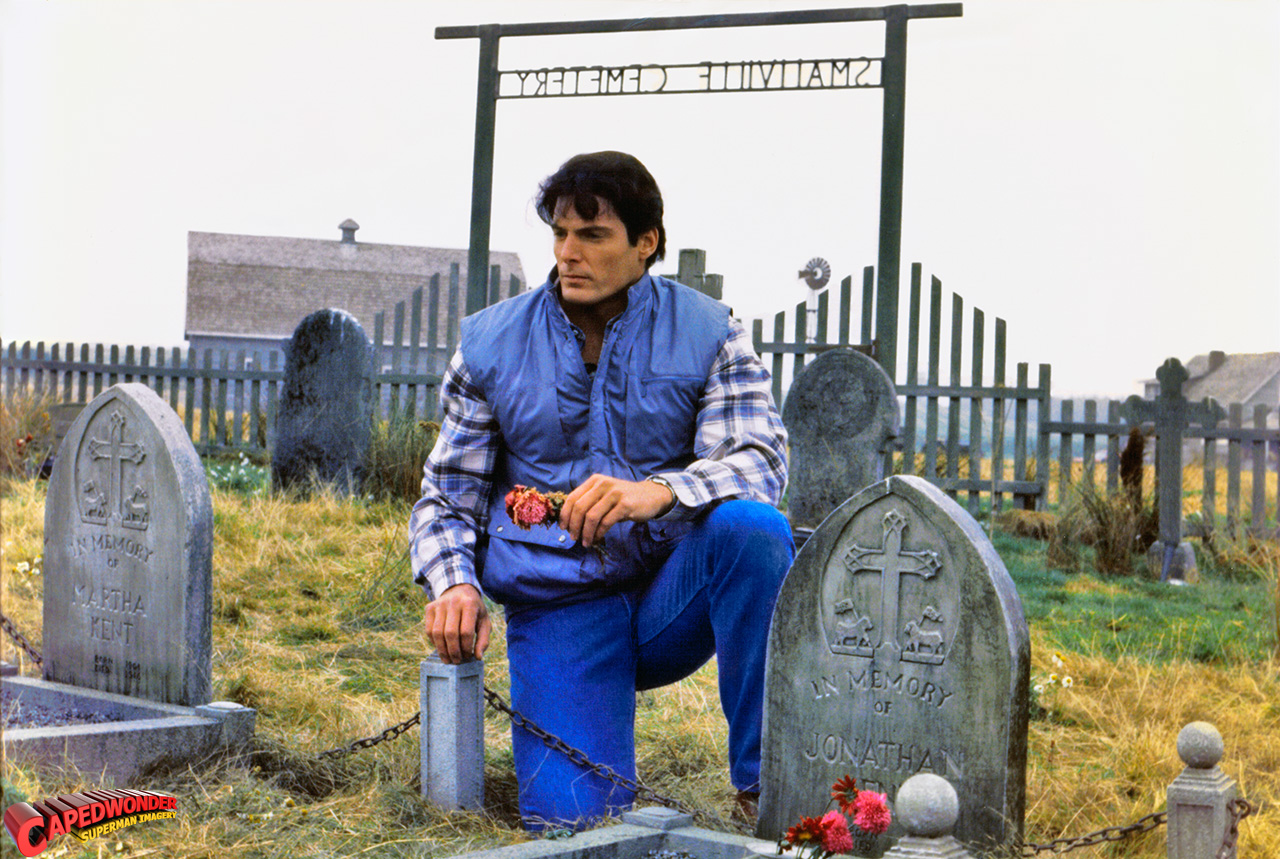
Later in the film we see Lex Luthor’s escape from the prison quarry via his nephew Lenny. In a quick moment from the script we see a couple of prisoners asking Luthor to help them escape. Here is that excerpt as it appears in the shooting script:
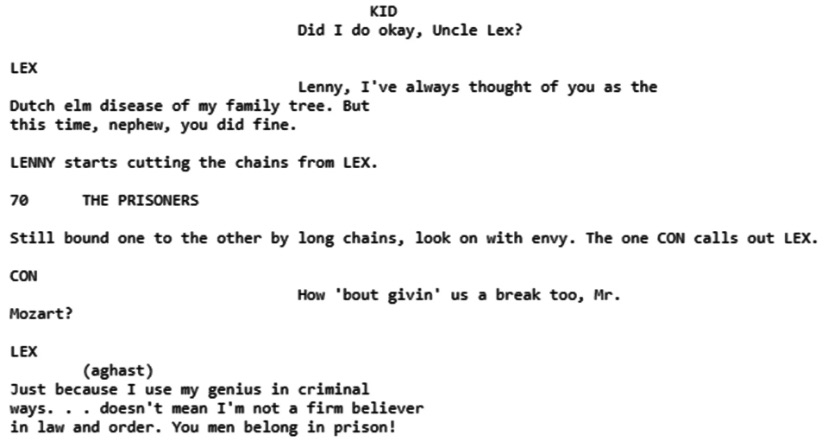
This next bit is one that’s featured only in the US theatrical trailer. When Superman uses his abilities to stop the subway train, we see a further extension of the electricity surging through him. The theatrical cut doesn’t show this extension.
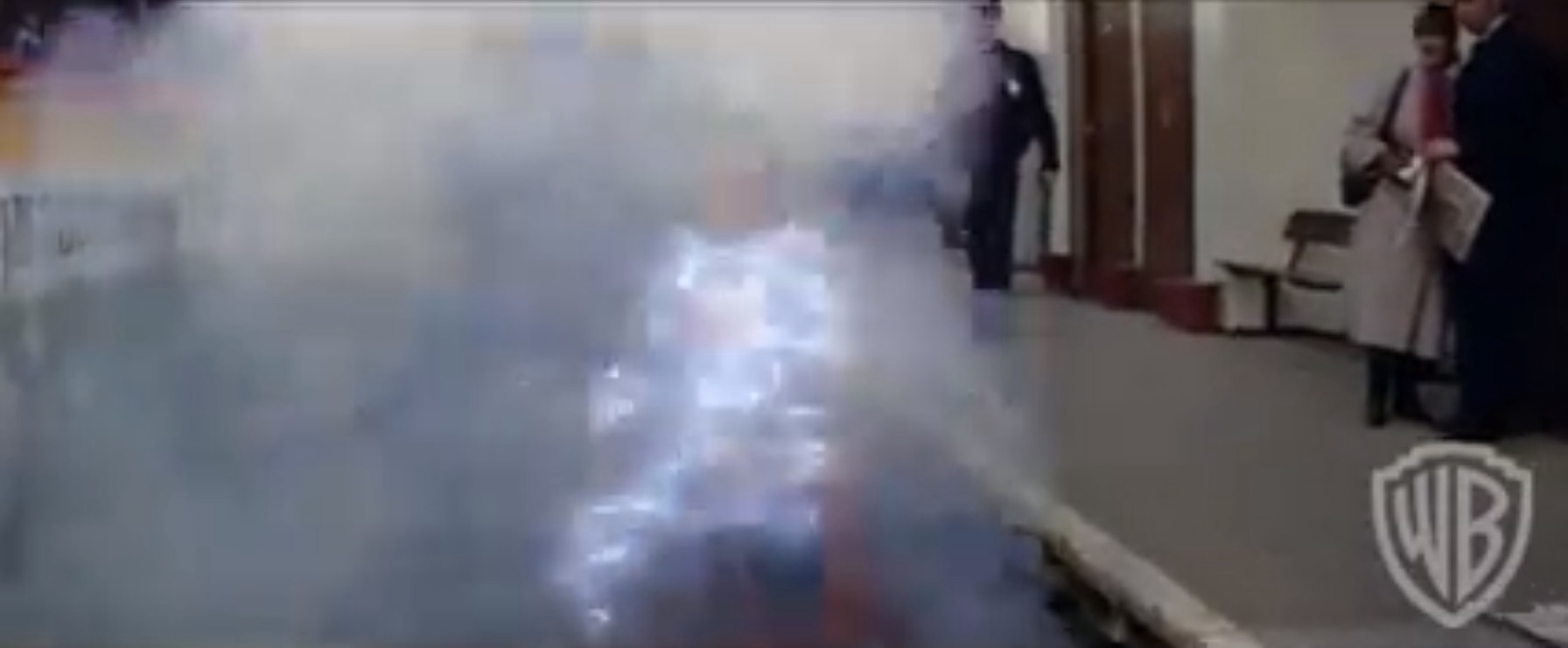
The next time we see Luthor and Lenny, they manage to steal a strand of Superman’s hair from a museum. In an added beat at the end of the segment, they successfully escape capture by the security guards. Based on the editing of the scene and the end notes of the music for the scene, it’s likely that it was in fact shot. Here’s how the scene appears in the comic book adaptation, with the end beat intact.
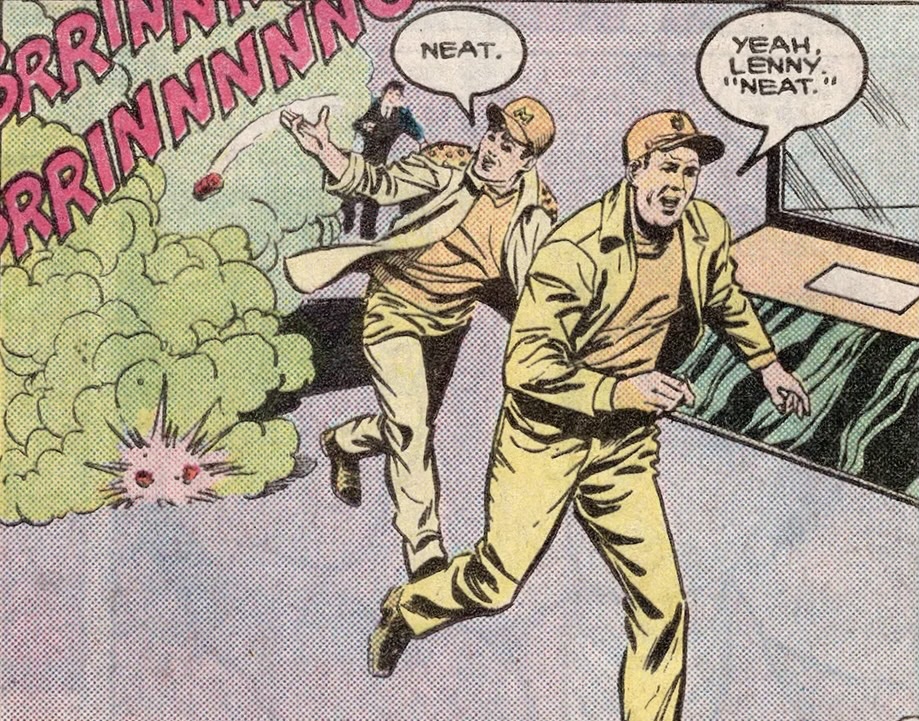
Now we arrive at the biggest loss of footage from the entire film: the first half of the Metro Club sequence. Lots of photographs and the Paul Fishman source music from the scene attest to its existence, but why it was not included on the DVD, even in workprint form, is anyone’s guess.
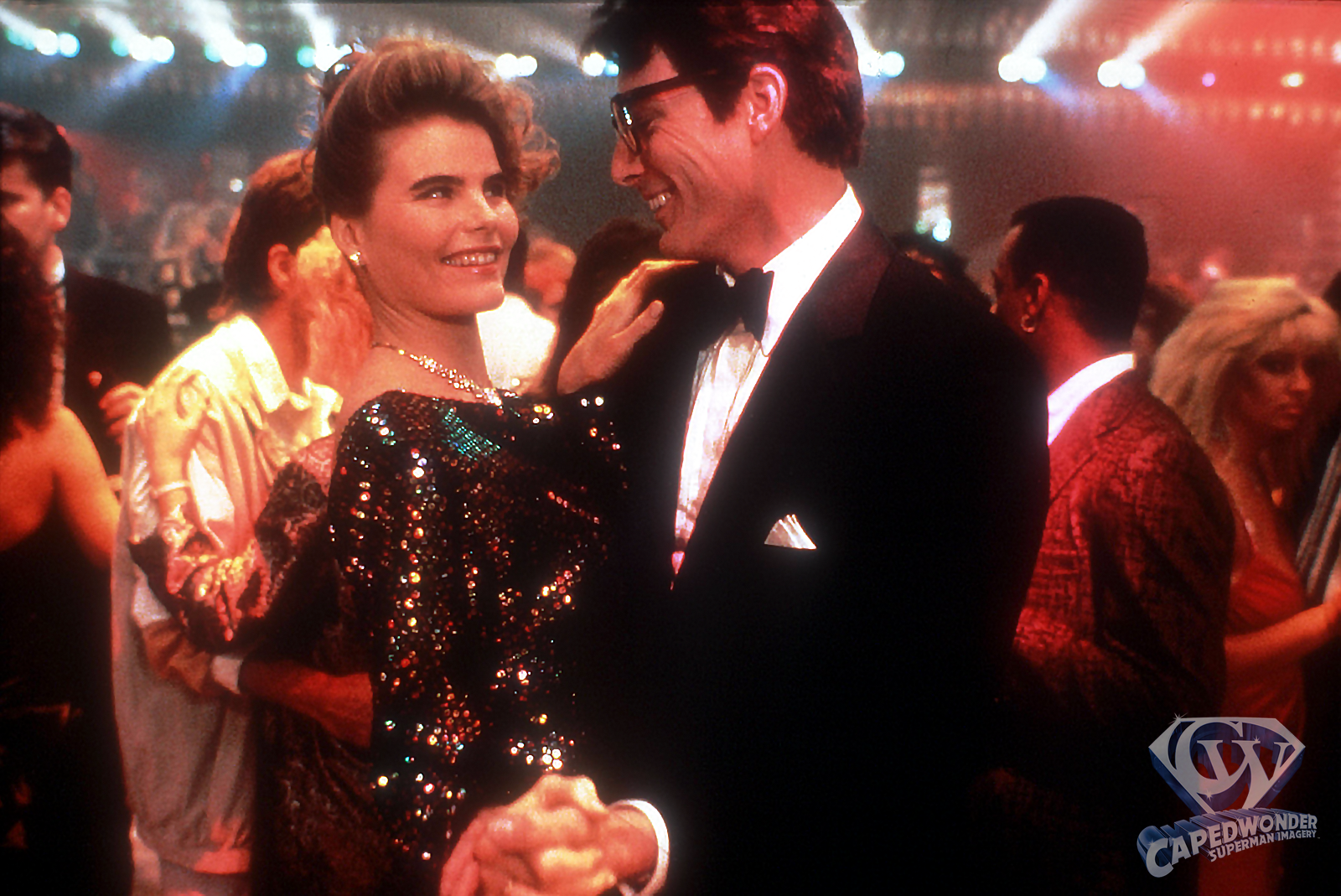
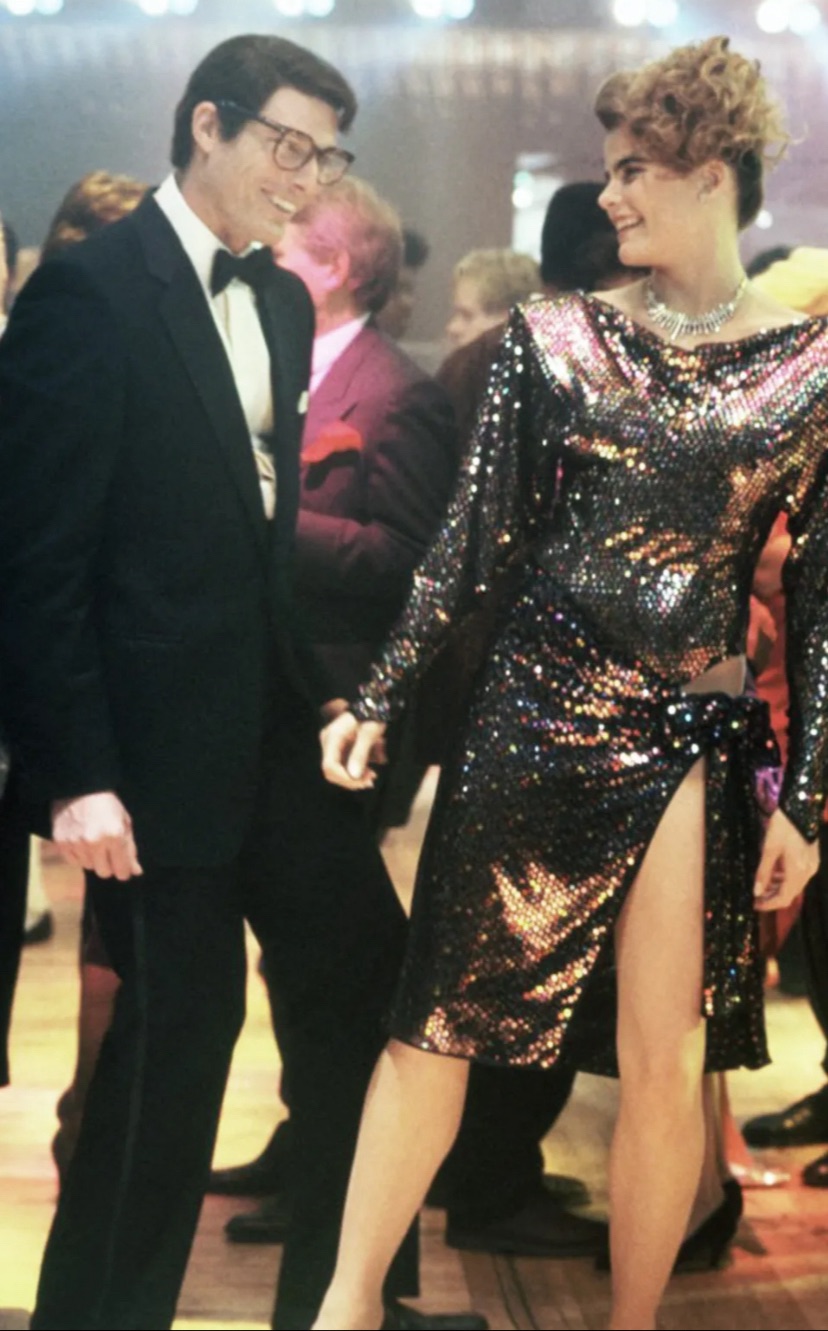
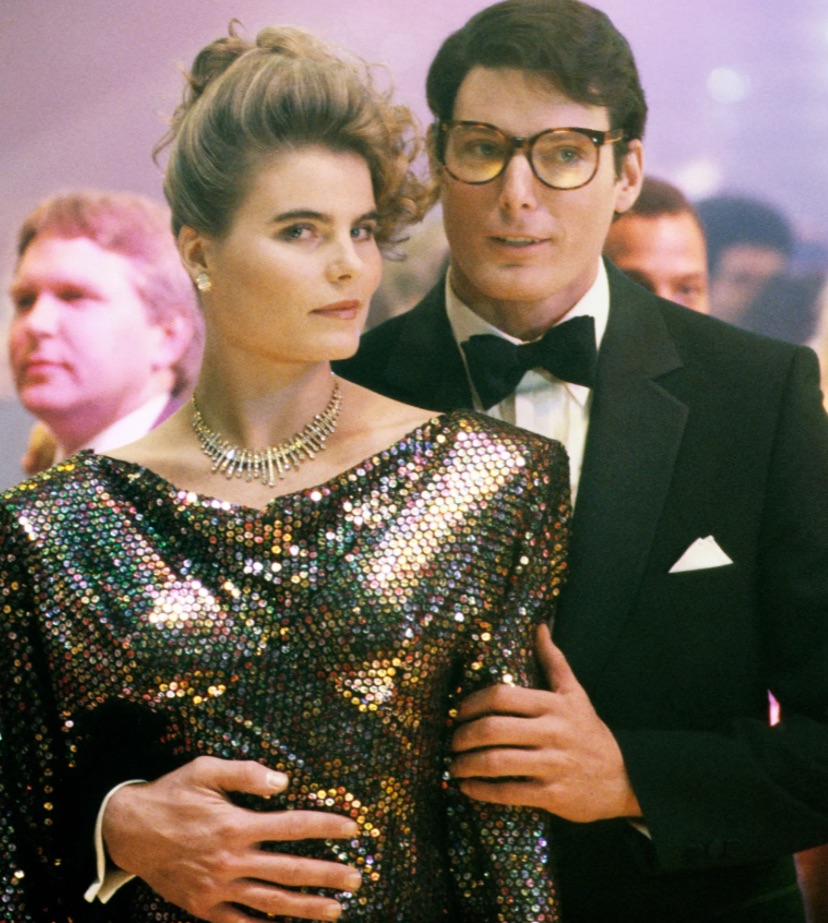
More footage of the first Nuclear Man (Clive Mantle) follows when he barges into the Metro Club and gets his first glance at Lacy. It’s this moment that sets up the second Nuclear Man’s pursuit of Lacy in the second half of the movie.
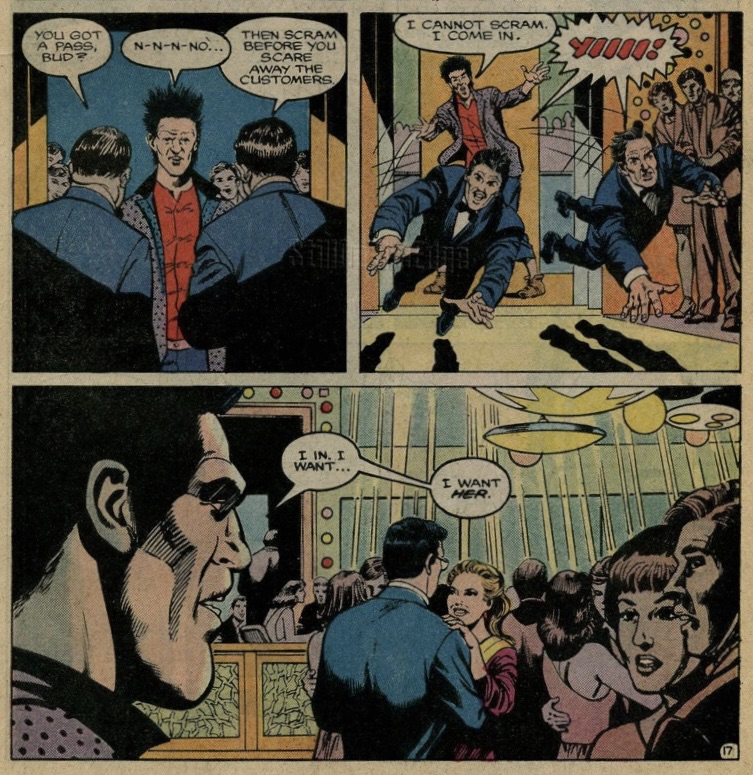
Ultimately he gets picked up by a drunken floozy and taken outside, and it’s then that the deleted footage of the second half of the Metro Club sequence begins.
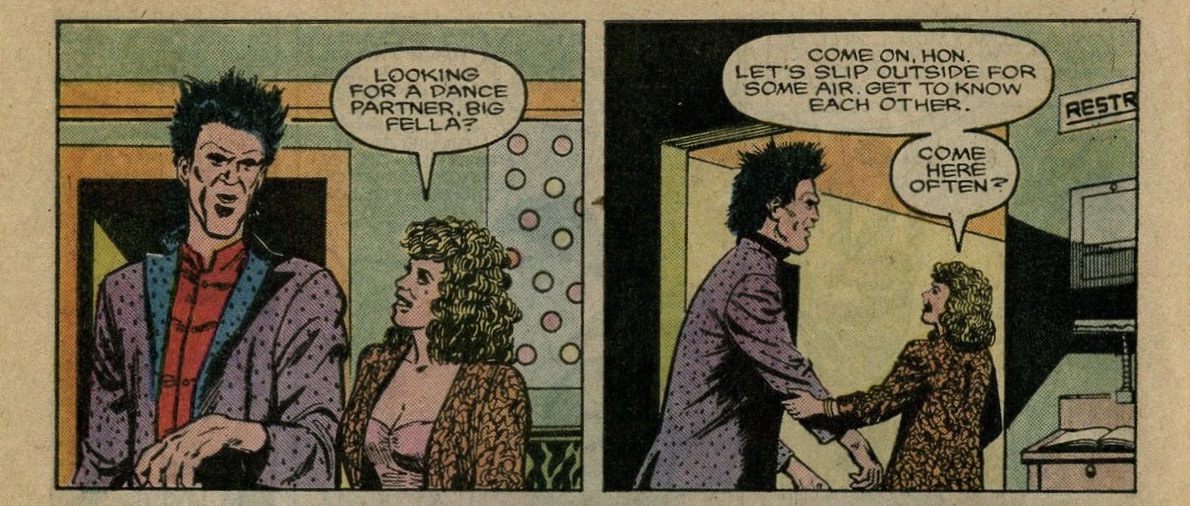
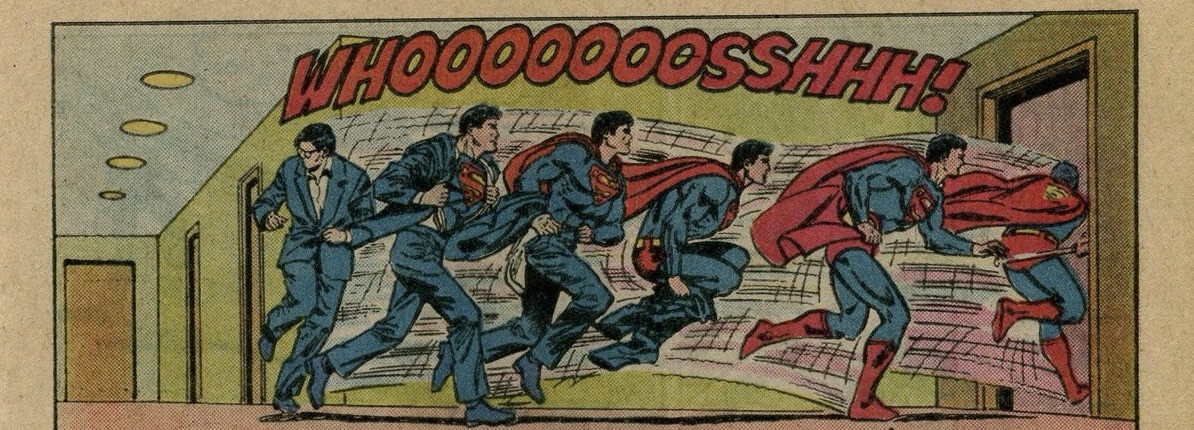
Even with the second half of the sequence in workprint format on the DVD and Blu-ray, there’s obviously some footage that was held back by Warner Home Video. This includes part of the fight where Superman intercepts a dumpster from the first Nuclear Man.
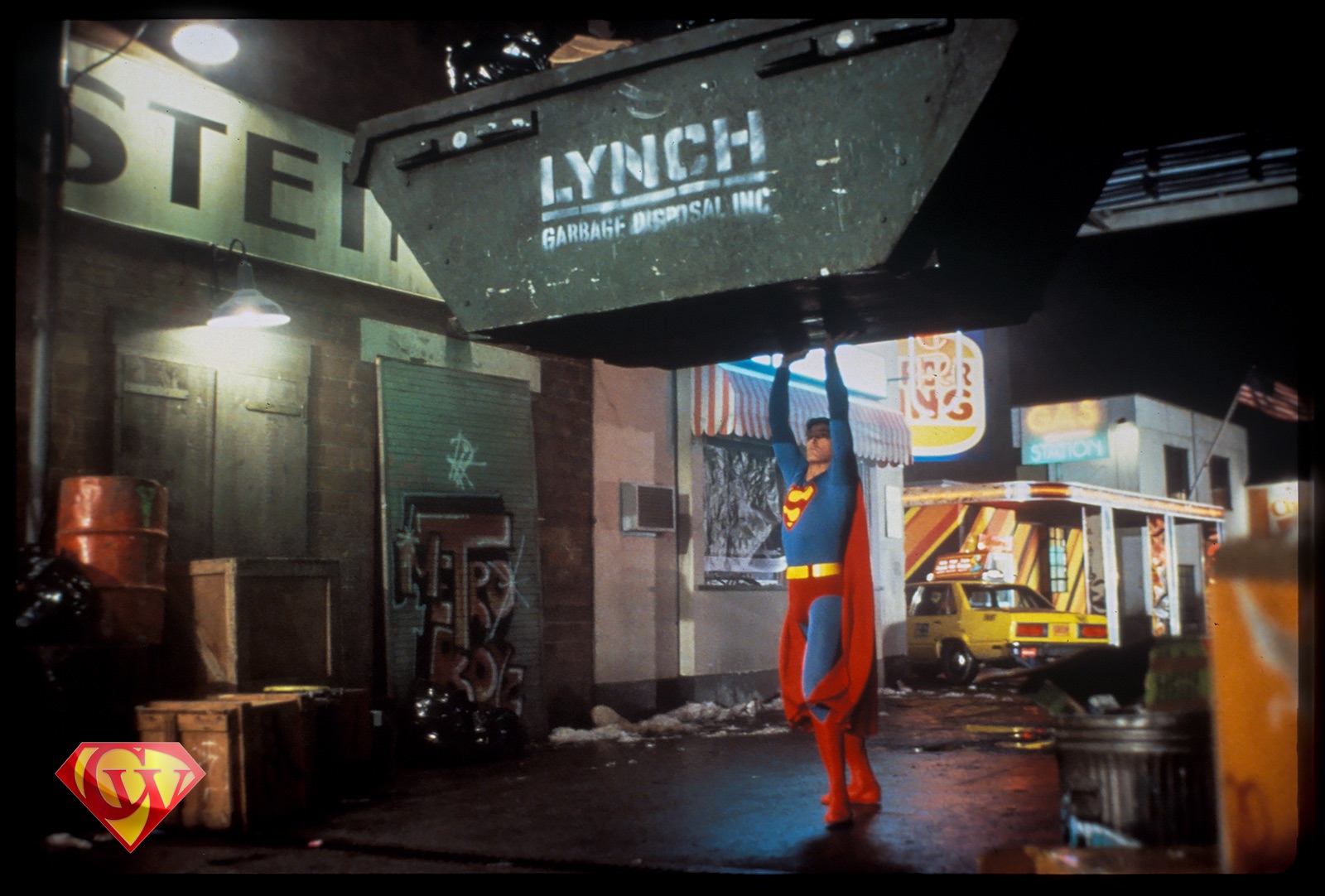
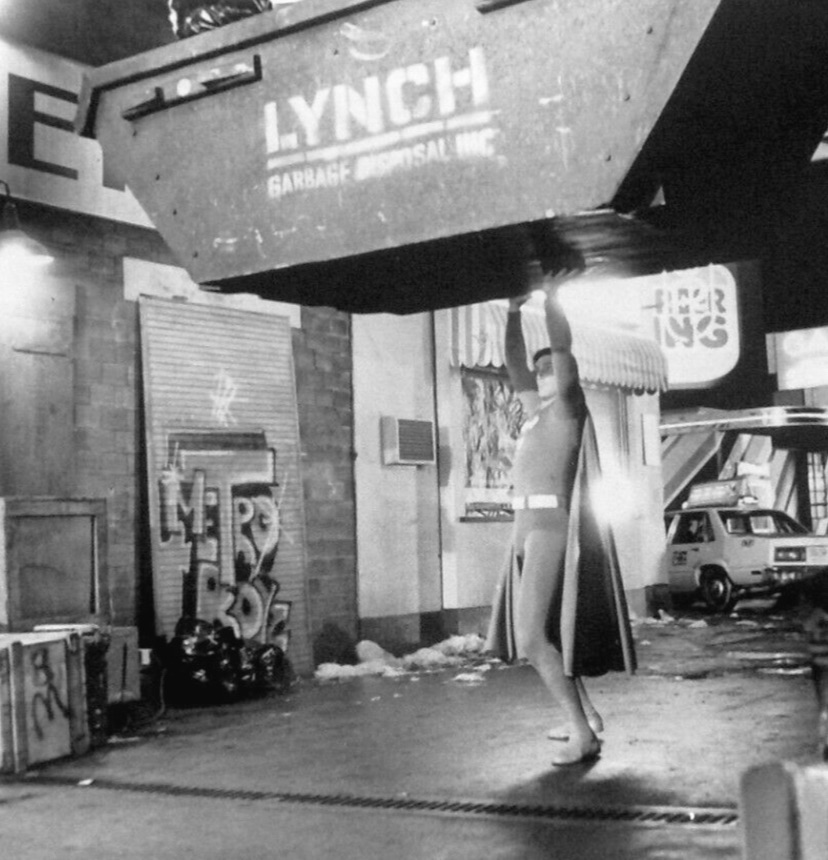
There’s also a moment when Superman stops in the middle (or at the end) of the fight and wonders who or what this mysterious creature is.
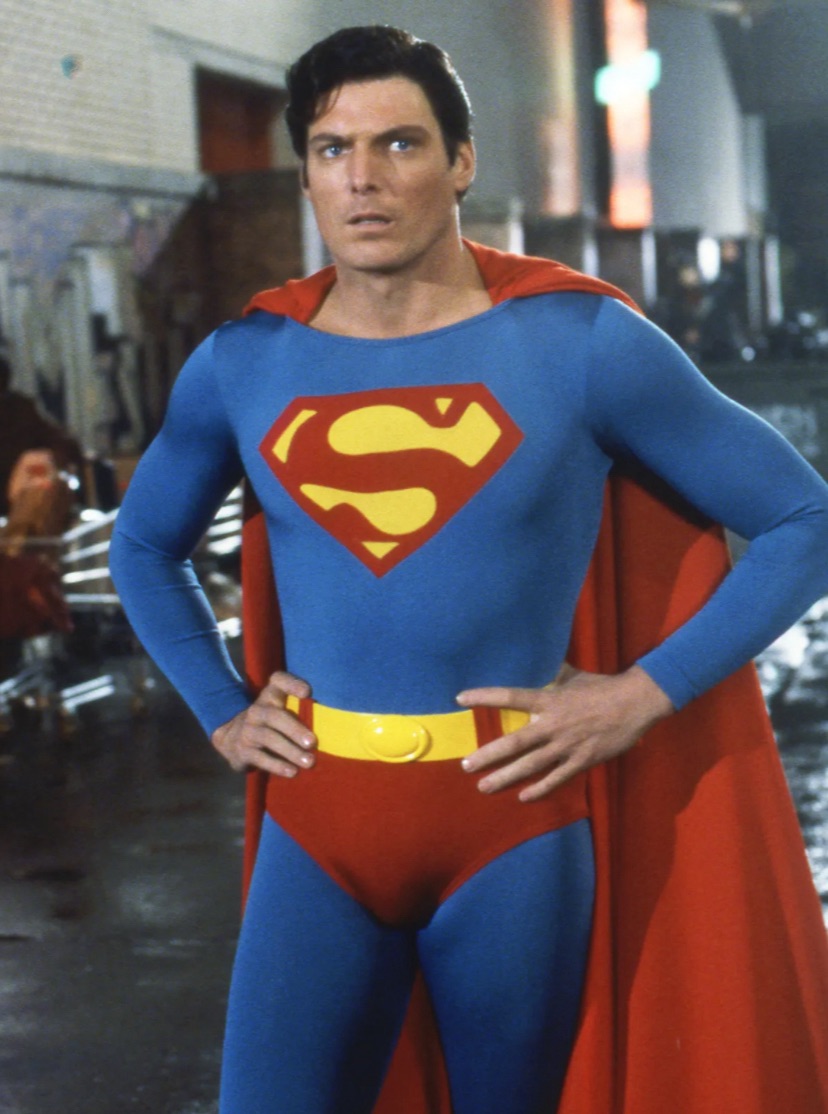
In a moment that occurs before Superman arrives at the United Nations, there is a short sequence of Lois and Lacy talking at a cafe about men. Margot Kidder confirmed in an interview with Starlog Magazine that the scene was filmed.
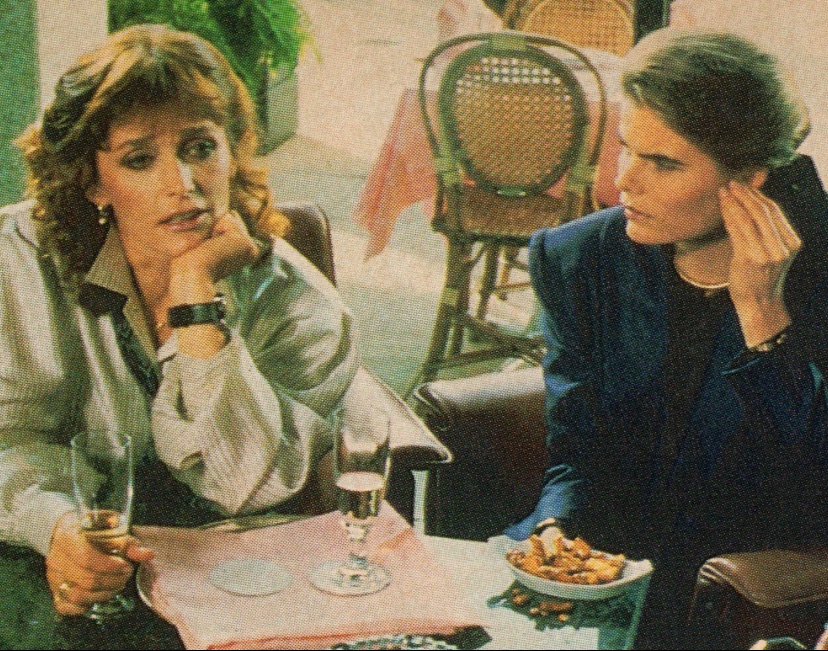
And here’s the dialogue of that scene as featured in the DC Comics adaptation.

Once Superman destroys the first batch of nuclear missiles, there’s a short sequence of the US and Soviet military leaders observing that he has destroyed 57 percent of the world’s missiles at that point. I want to say that one of the US military officers says something to the effect of, “He’s the only one I trust to do this.”
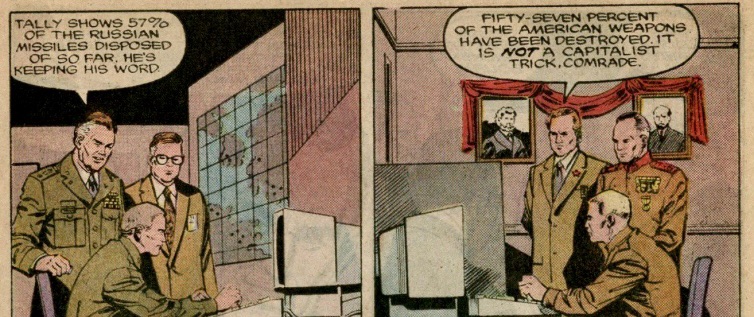
When Superman finally confronts Luthor and introduces him to the new and improved Nuclear Man, there’s an added snippet of the Nuclear Man showing off his powers, and Luthor pointing at him and asking, “Is that adorable?” This clip was featured in the international theatrical trailer from Cannon Films and one of the US TV spots, and the music underscoring the clip is included on the soundtrack CD.
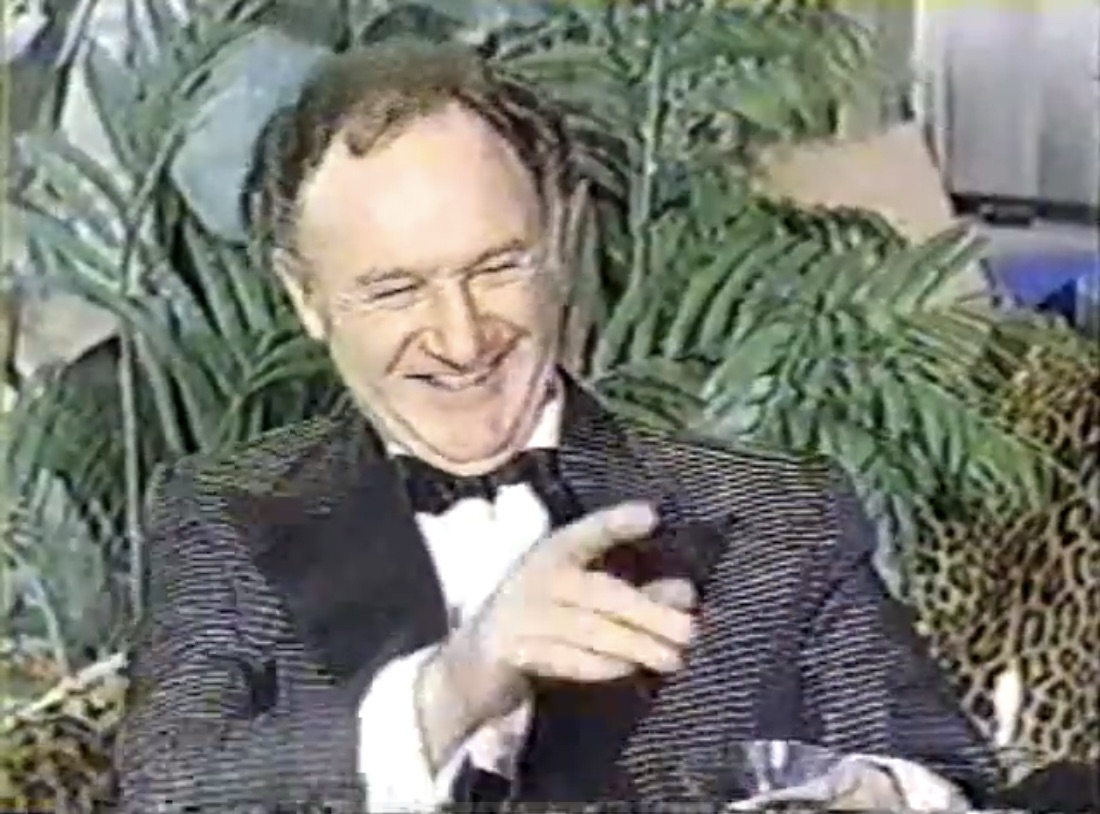
But that’s not all. When Gene Hackman says, “When I escaped from prison, I had one thing on my mind: the end of Superman…” pay attention to where Christopher Reeve is standing. As Hackman says this, Reeve is standing right next to him. Then in the next shot, Reeve is standing several feet away.
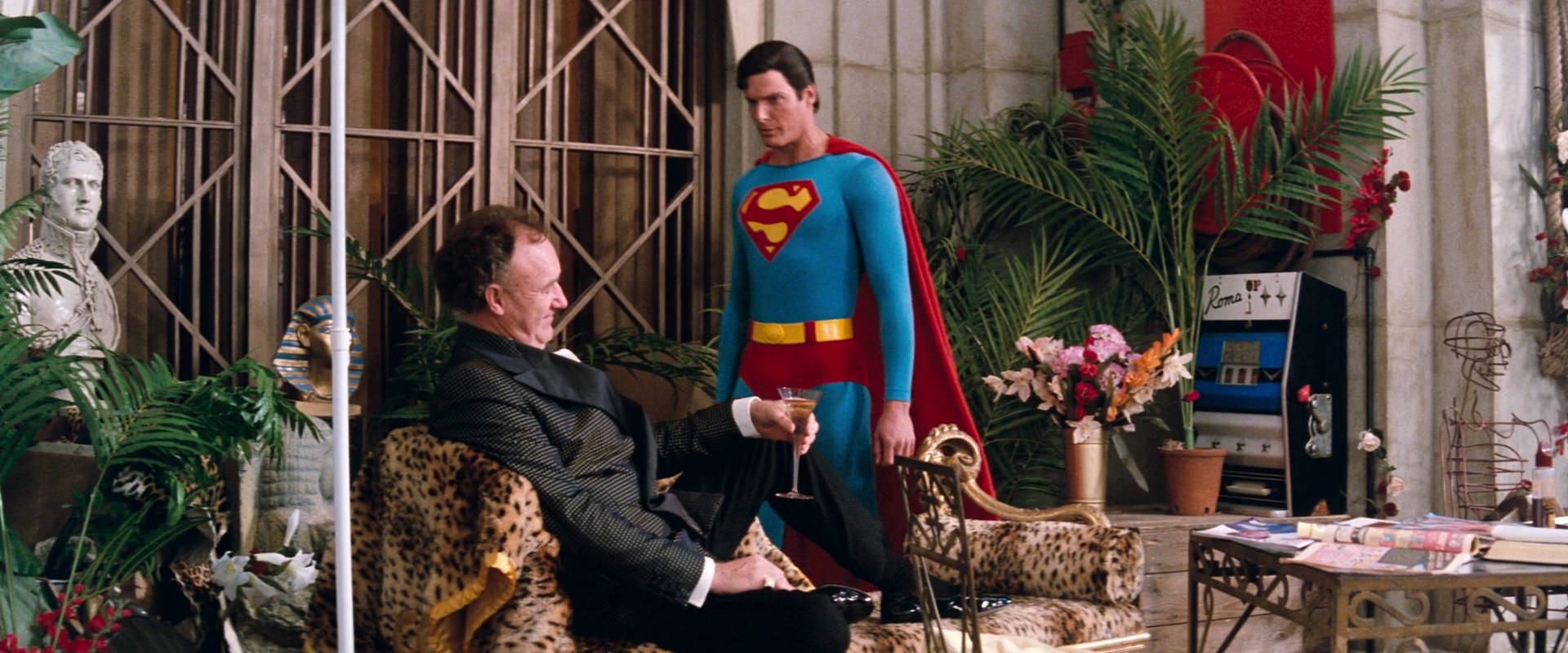
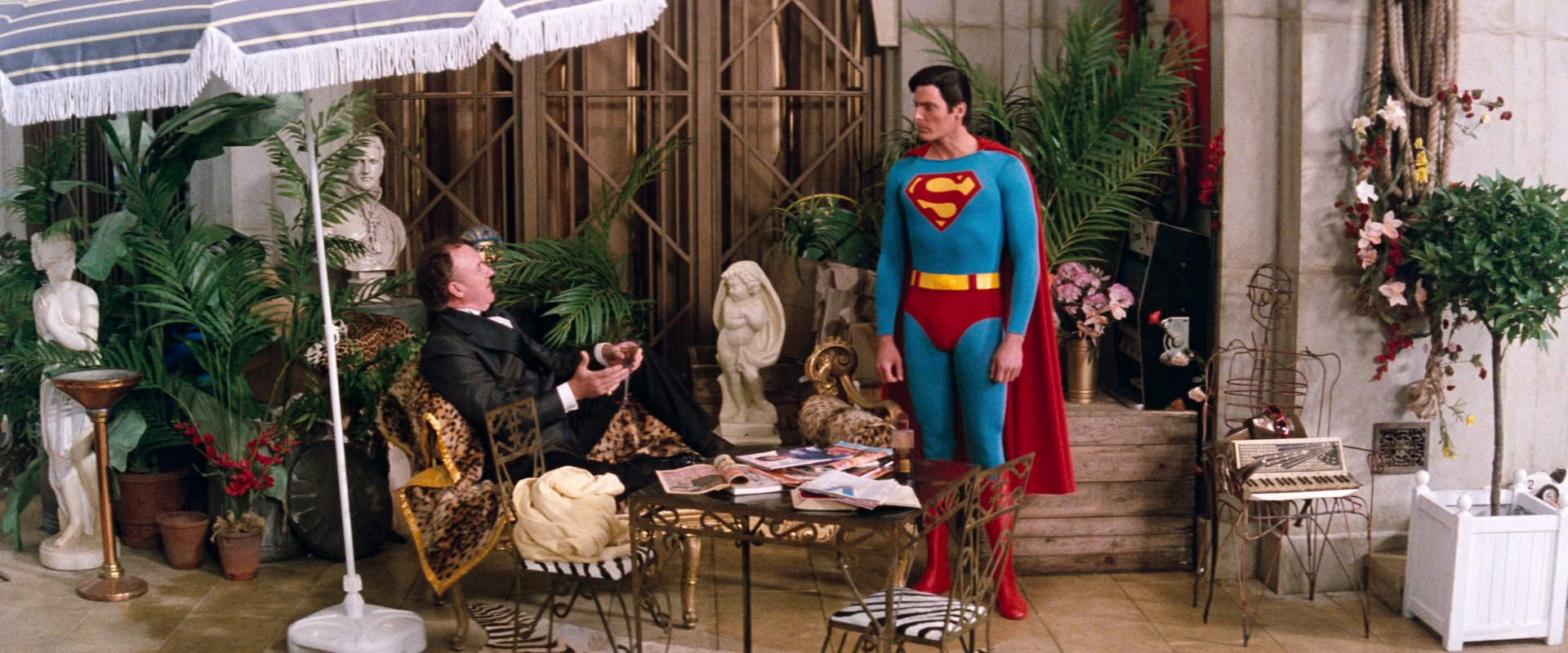
The soundtrack CD further confirms that more footage exists, but it remains unseen to this date. However, it can be proven that at one point Reeve steps away from Hackman to look at the Nuclear Man, and we have some interesting trick that he shows off. This prompts Luthor to say, “Is that adorable?” In one behind the scenes video shown on Entertainment Tonight, it showed Reeve clearly stepping away from Hackman. I clearly recall seeing this video, but it’s been a while.
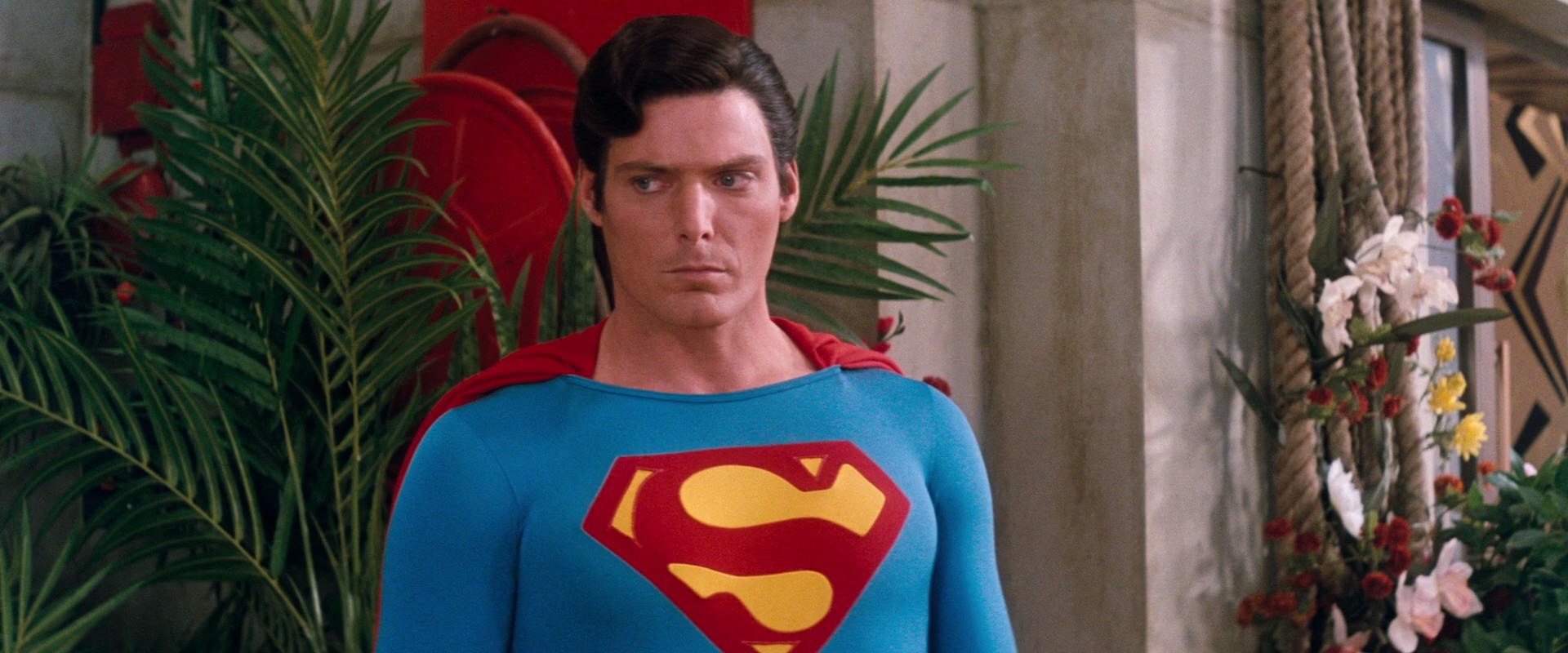
After the Nuclear Man has defeated Superman in battle, there are two added moments at the Daily Planet featuring Lois. The first one is a clip where she attempts to call Clark but can’t get him to answer the phone. We have documentation of the moment from the script and the DC Comics adaptation, but no proof yet that the clip was filmed.
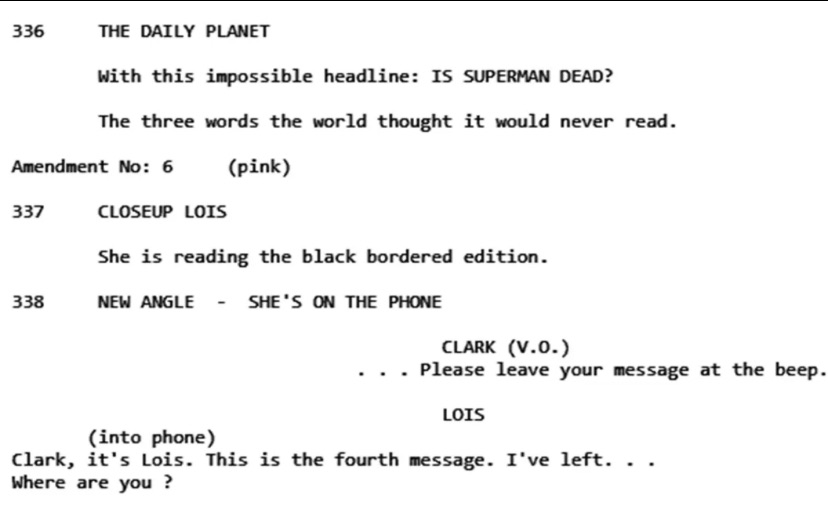
After Lois bundles up Superman’s cape and leaves, she runs into a banker named Bill Compton, who is looking for Perry White. This scene was filmed with actor Dennis Creaghan, and the proof comes in the film’s end credits, which contains his credit.
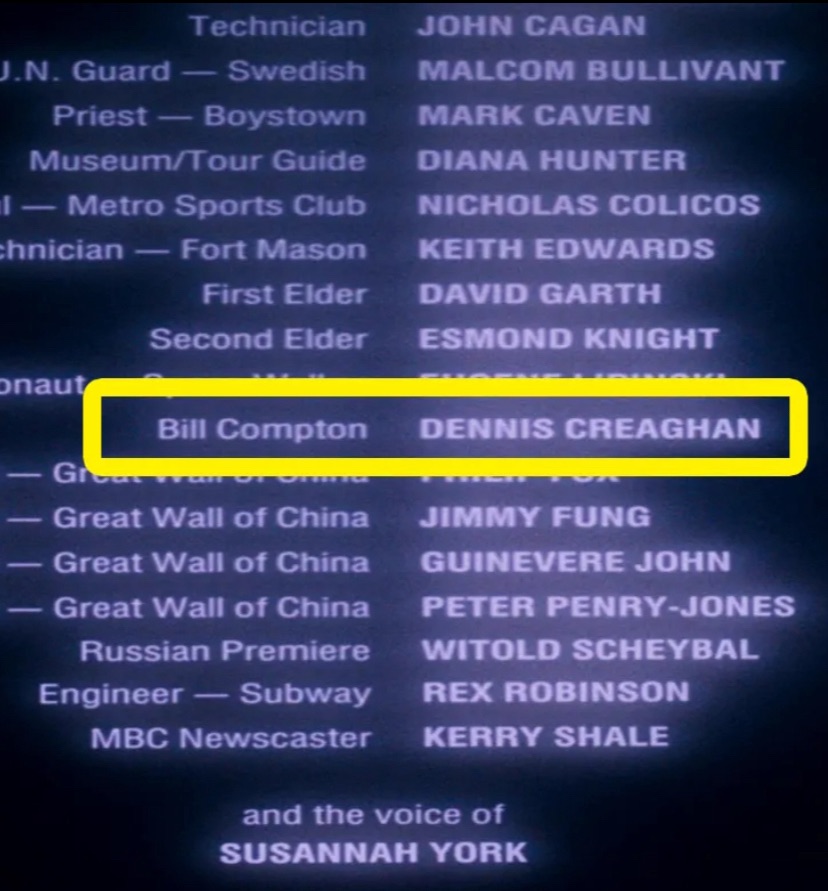
The next sequence is one that occurs when Luthor travels the world and meets with his shady nuclear arms dealers. The deleted scenes feature him with General Romoff in Russia and Harry Howler with the US military, but there is also (and very likely) a moment when he meets with Jean-Pierre Dubois (played by Jim Broadbent) and his team of nuclear weapons dealers. Not many pictures of this scene exist, only a couple of pictures of Gene Hackman, but if you look carefully at the pictures he is wearing a different outfit than in the scenes with Romoff and Howler. I also want to say that I recall seeing a behind the scenes picture of the two actors about 15 years ago, but I cannot be sure.
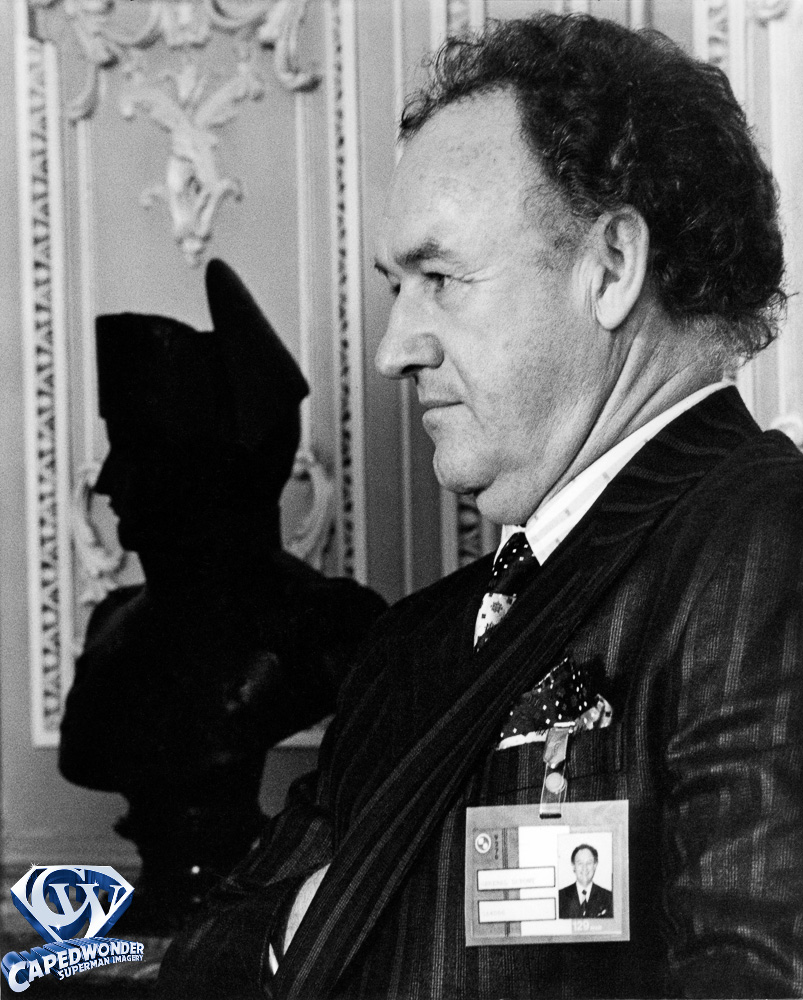
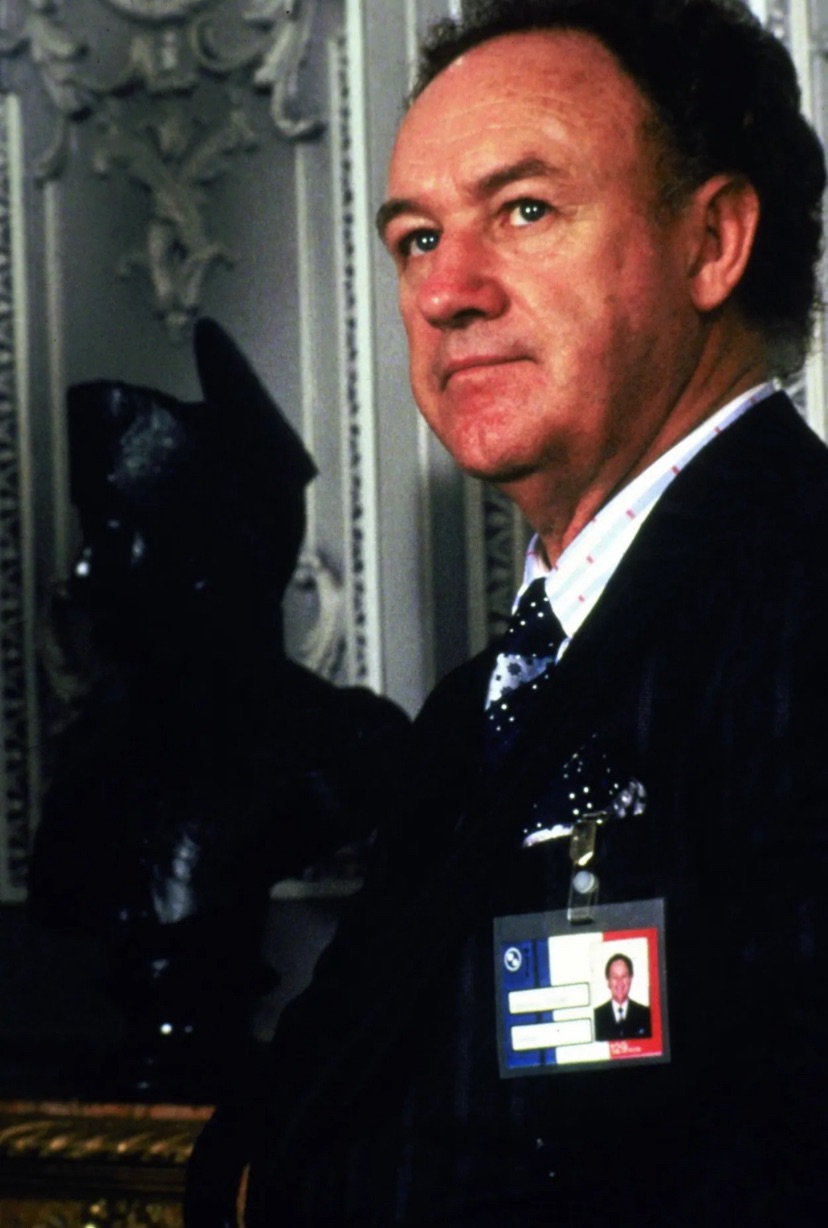
In addition, there is also a script excerpt of the scene indicating additional dialogue between Luthor and Dubois. This occurs after his meeting with the other two dealers, but based on the scoring of the sequence I would place it before those meetings. It’s likely that this scene may have been cut early in the editing process.

Once Luthor has dismissed his nuclear dealers, he and the Nuclear Man have a bit of dialogue. When Luthor says, “What’s to fear?” there is an added bit of the Nuclear Man responding with, “Destiny.” Luthor then reaches for an umbrella and holds it over the Nuclear Man, exerting his control over his own creation.
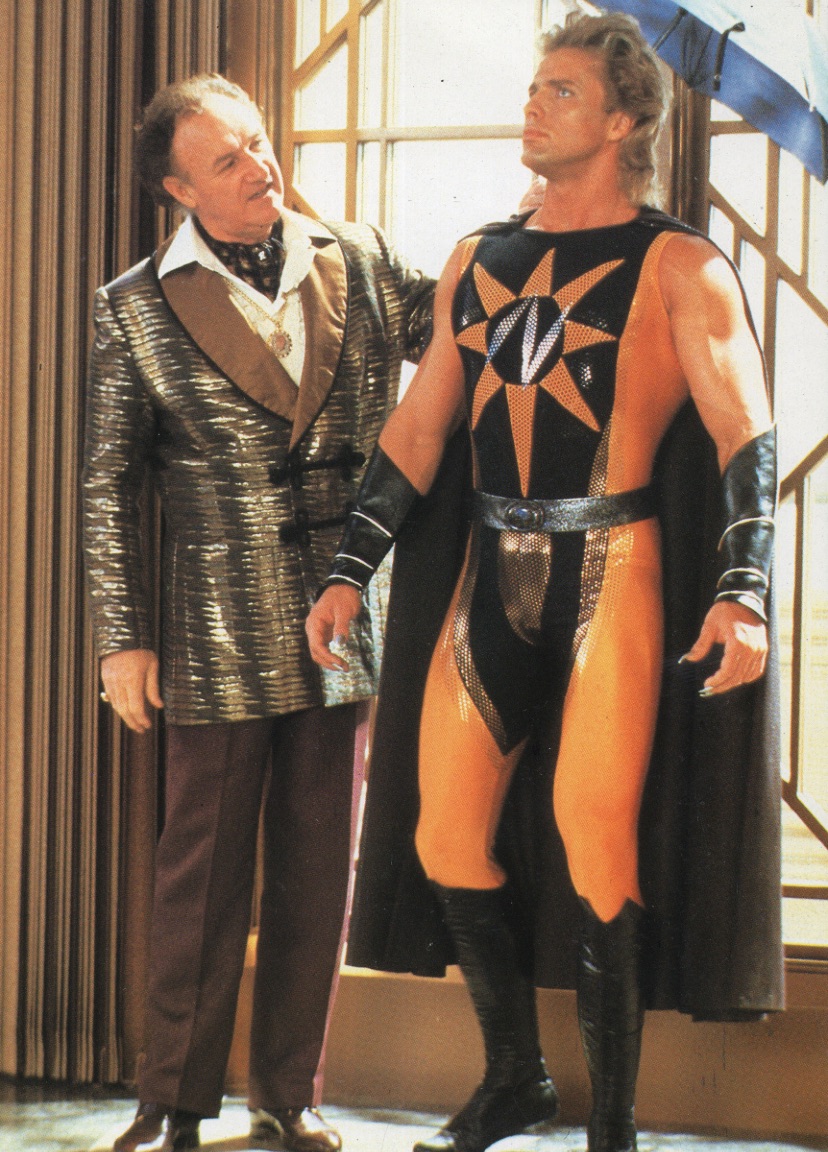
Before Nuclear Man leaves to abduct Lacy, Luthor comes in and says he plans to take the Nuclear Man to the United Nations to get his point across that he’s in control. Nuclear Man asserts control and burns up all of Luthor’s money before leaving. Numerous pictures confirm that this scene was filmed.
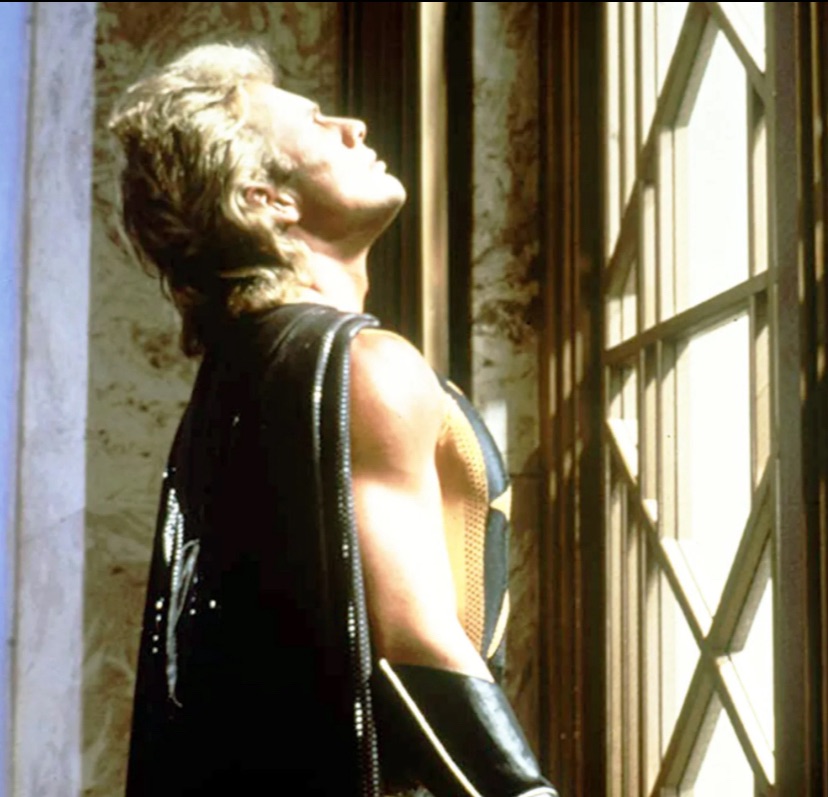
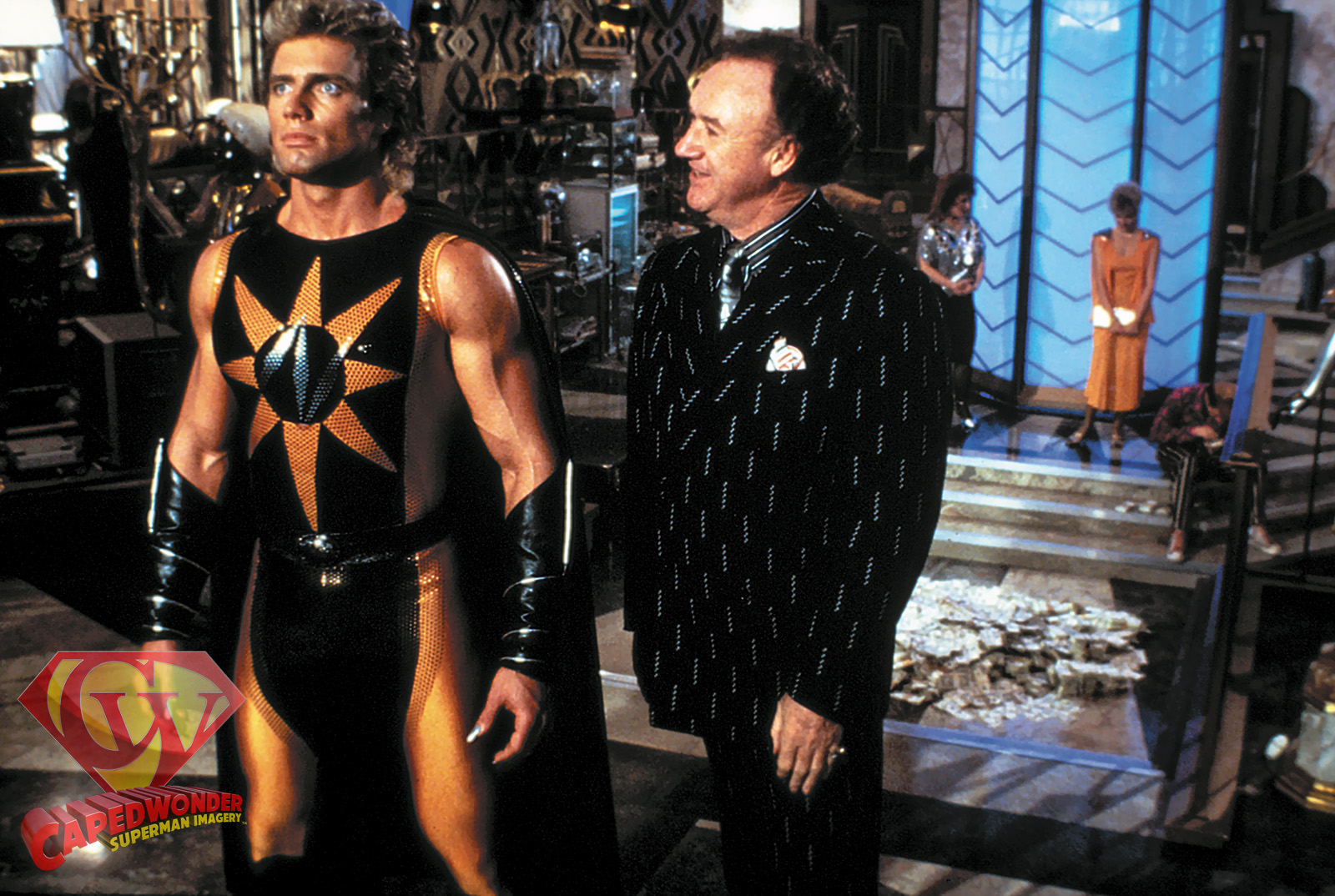
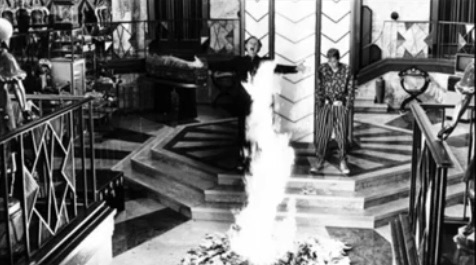
This next one, I kid you not, is a lost moment that remains unseen. It occurs during the fight between Superman and the Nuclear Man. Once Superman drops Lacy towards the ocean, the Nuclear Man changes from a missile back to his human form and flies towards Superman, turning it into a game of chicken. All of a sudden there’s a missing shot, and the next thing we see is Superman crashing into the Nuclear Man, averting a potential missile attack between the United States and the Soviet Union. I’m thinking this missing scene is intended to be a visual effect of the Nuclear Man in flight. There’s no way to tell.

During the fight in Metropolis, Nuclear Man levitates a taxi can with an elderly woman inside, and Superman successfully catches the cab. The elderly woman gets out and asks how much she owes him. Storyboards and behind the scenes photographs point to it being filmed, and in an episode of the CapedWonder Superman Podcast, Martin Lakin confirms that the scene was in fact shot for the movie. But it’s also likely that this moment was cut early in the process, as the music for the scene was scored to the final version of the sequence.
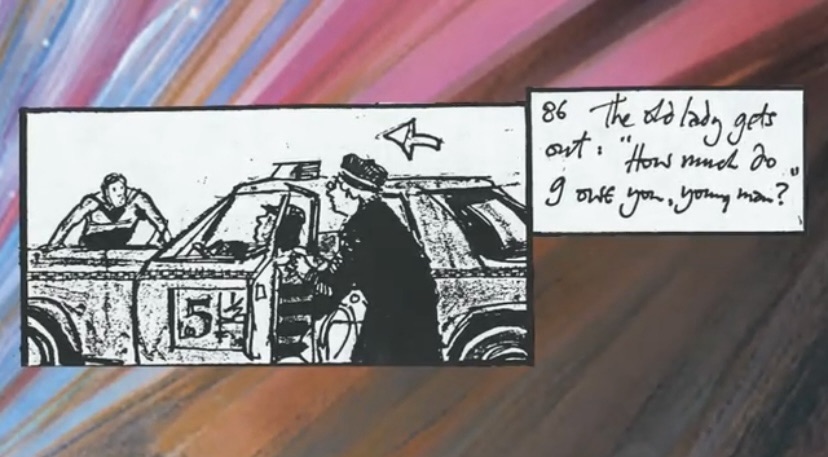
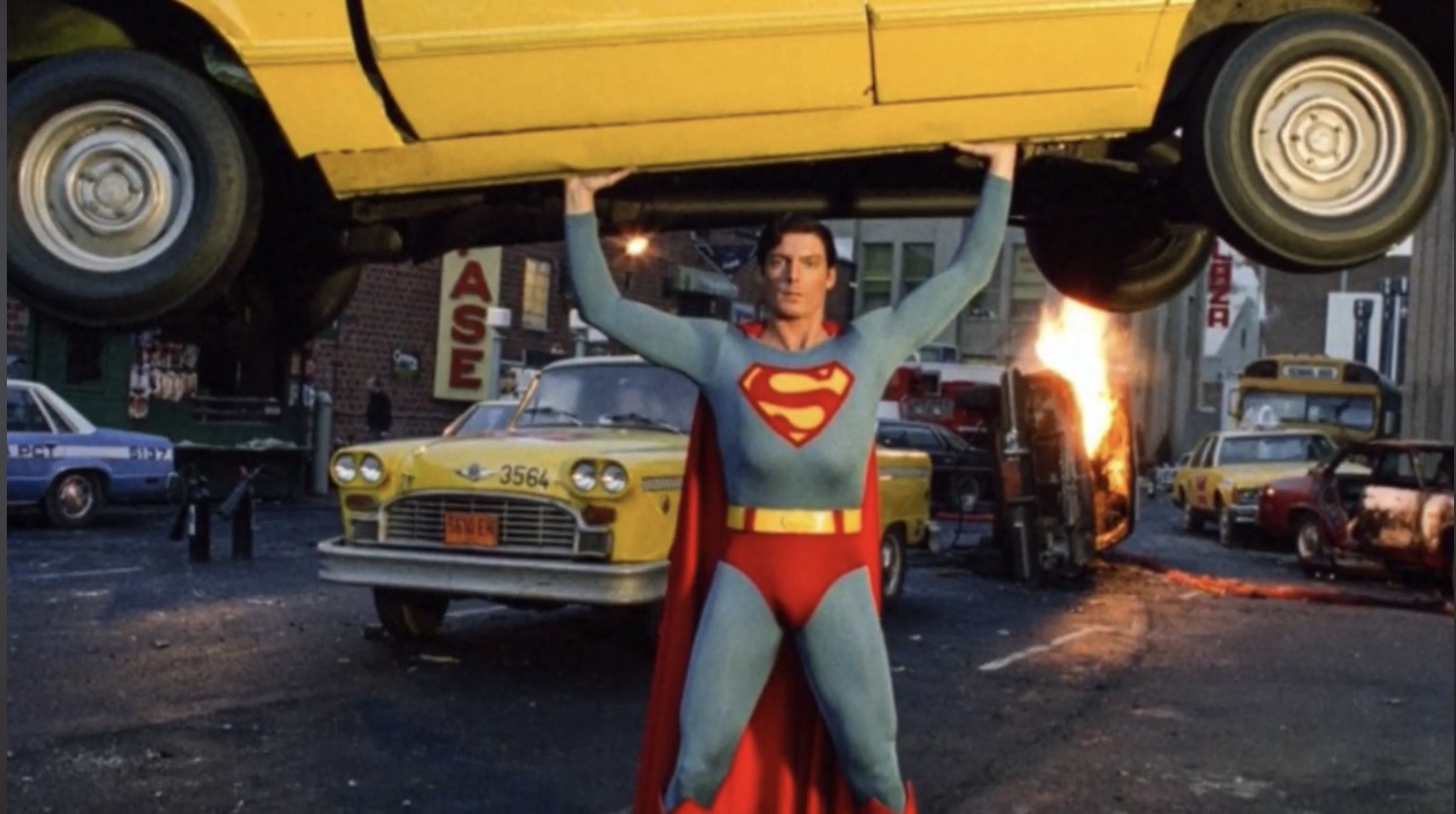
There are a couple of additional shots of the lunar fight that didn’t make it into the final film. Behind the scenes pictures point to those moments, but seeing as how the film was cut together and scored, it’s possible that those moments were cut early on in the editing process.
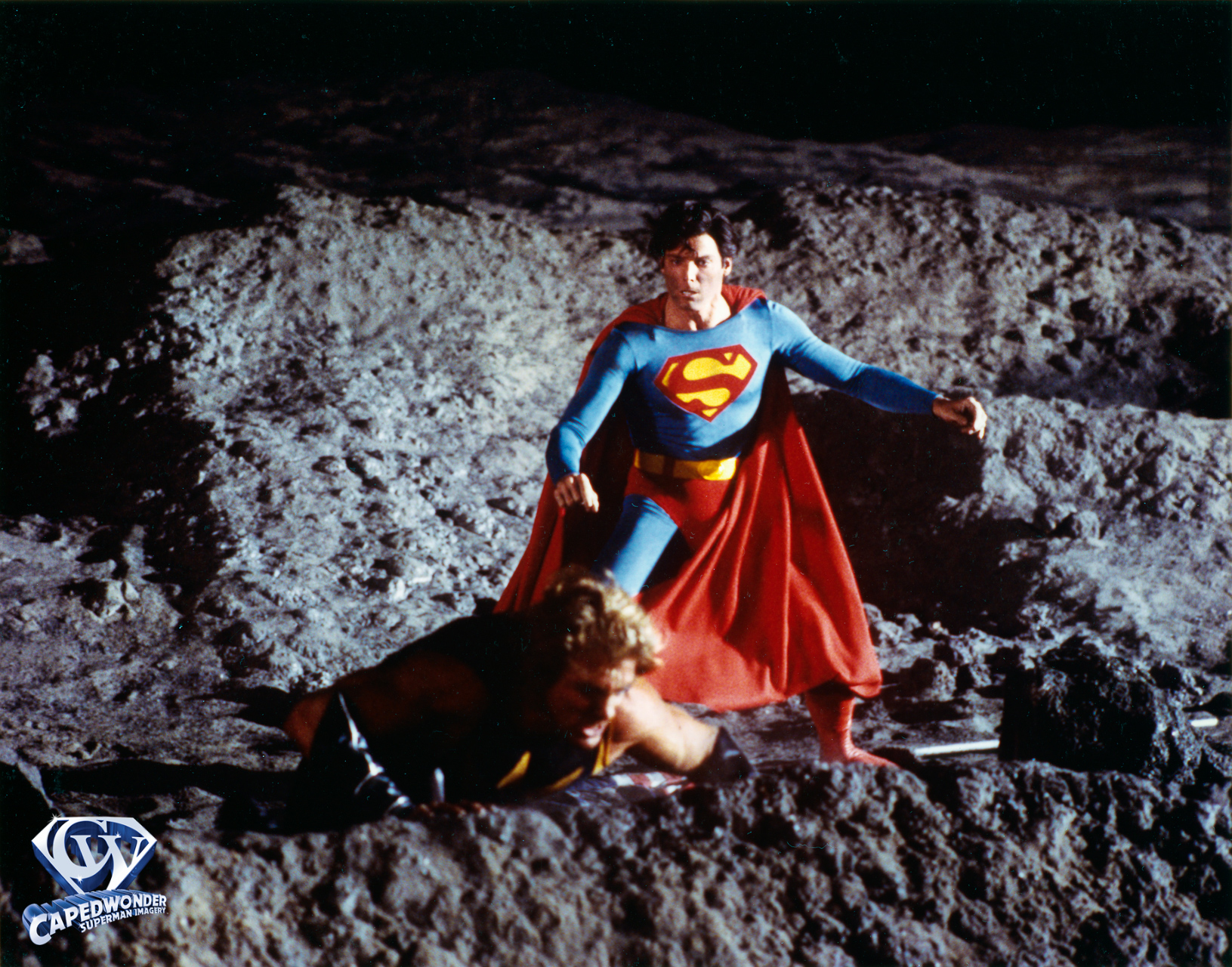
Towards the end of the film, Clark and Lacy say their goodbyes (in a deleted scene on the DVD). Another moment that occurs after that is when Lacy’s cab pulls away and Clark turns to go into the Daily Planet. Behind the scenes footage point to this moment being filmed, but since the music for the scene was scored, it’s likely this extension was cut early in the editing process.
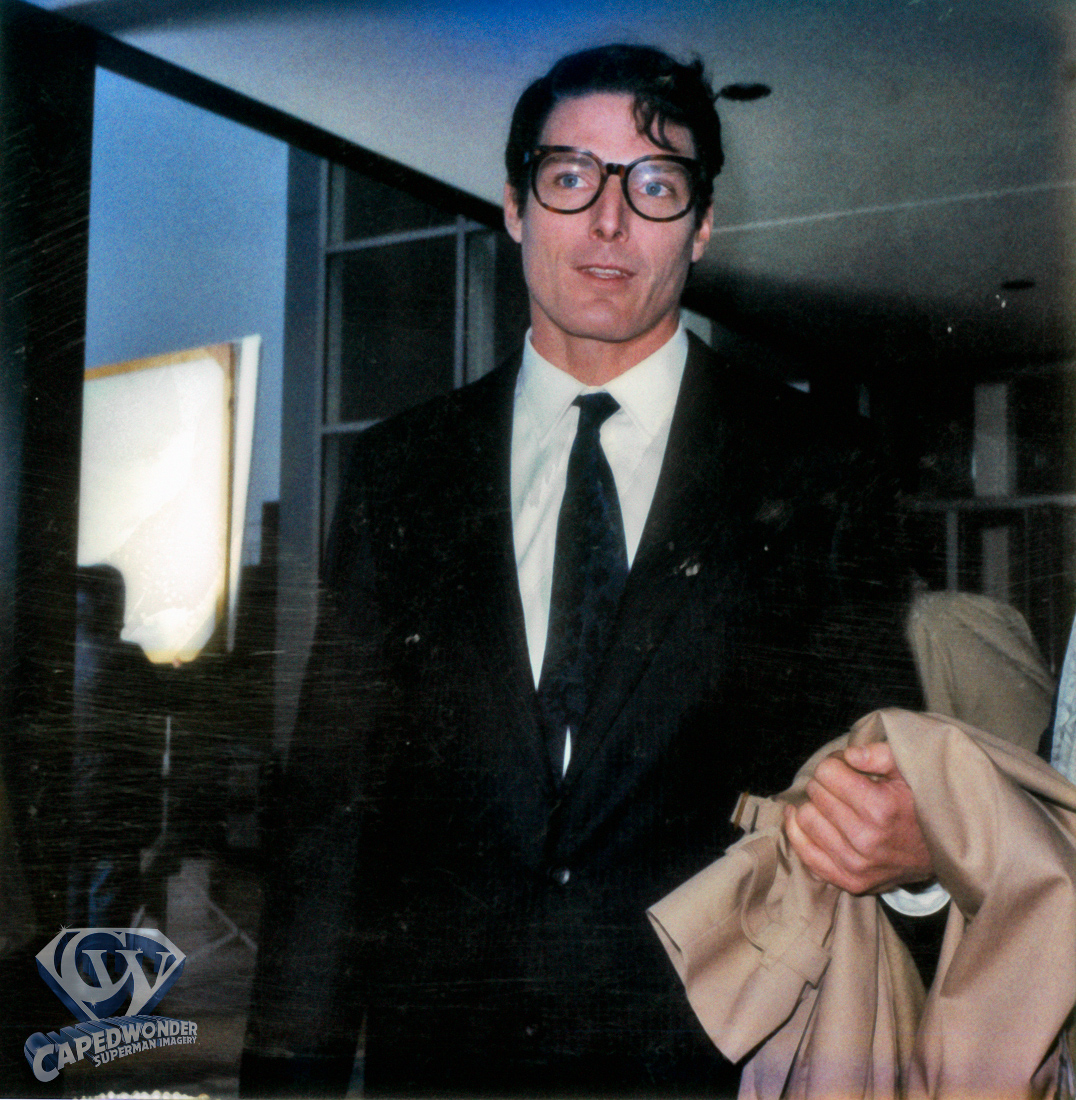
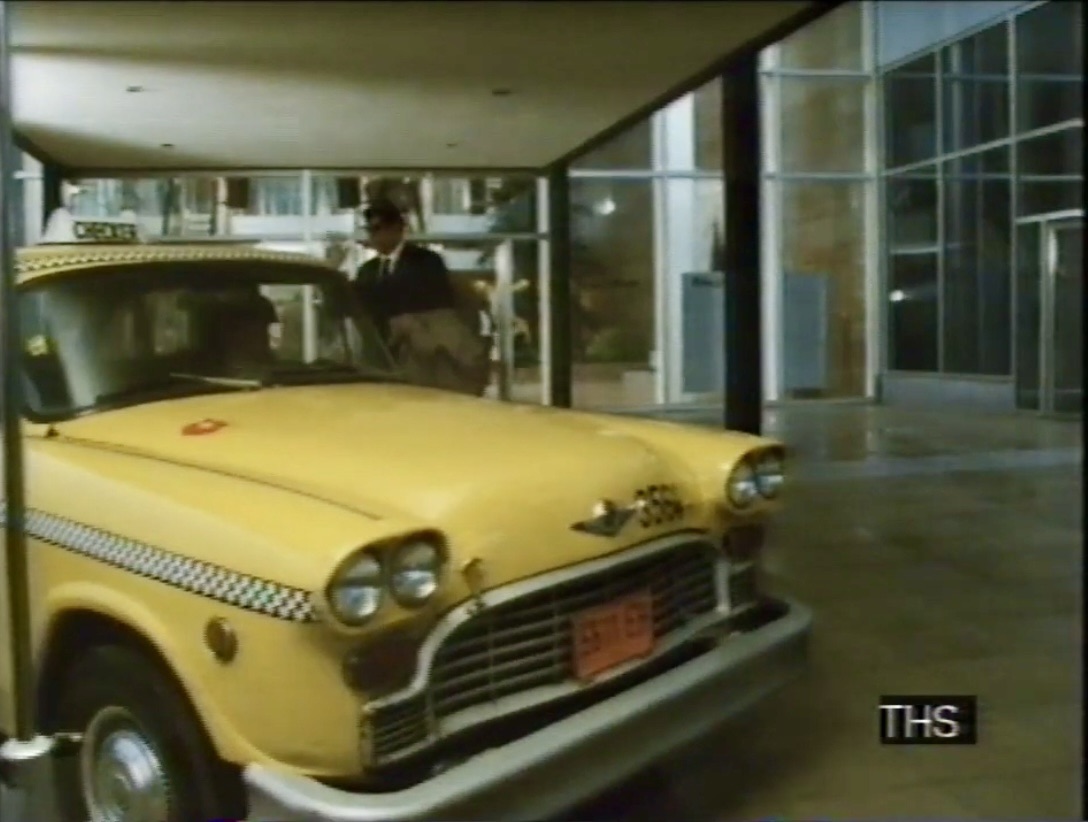
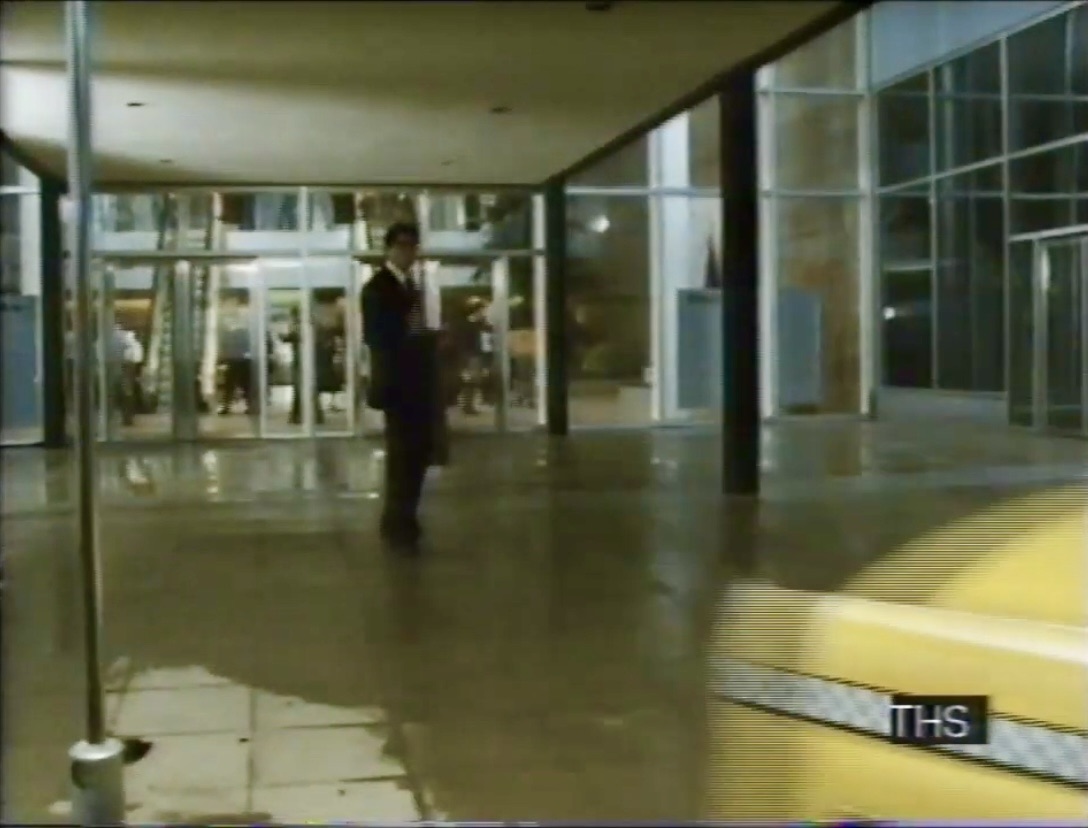
Editing a film can be a tricky process. Filmmakers want to make sure that everything that is shot gets into the first cut of the movie, and then they start trimming the fat to make sure that unnecessary bits and pieces are pulled and the film is brought together to what audiences will likely see. All films and television shows go through such editing processes. One such case in point: Star Trek: Generations, a movie that originally ran two and a half hours in length before it was cut down to 118 minutes. That meant over thirty minutes of bits and pieces gone from the film. I’ve seen that first cut, and those added bits and pieces really drag the movie into a slow ride.
But wholesale editing of a movie to get it into theaters… that’s another story. Superman IV was not the first time this happened. It happened sixty years earlier with none other than Fritz Lang’s magnum opus Metropolis, which was shown to German audiences one time in 1927 before it was cut down from 155 minutes, then slammed together and restructured to around 90 minutes for distribution in the United States and other countries. And it was decades before it was finally put back together to bring it back to Lang’s original vision. Even then, by the time 2008-09 rolled around, the last surviving print was located in a museum in Buenos Aires, Argentina, and that was a 16-millimeter print that looked terrible. It’s a miracle that the print was even located, confirmed, and restored to as best a quality as possible for viewing. And all that was without a script! Music logs, intertitles, and German censorship logs were all used to create the most complete version ever, and even then some footage couldn’t be used because of time and poor quality of the 16-millimeter print.
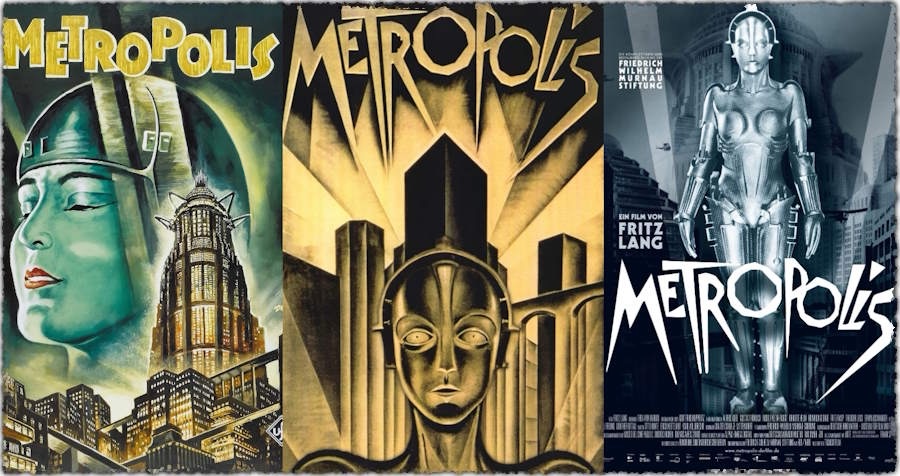
Superman IV falls into that same category as Metropolis, a film that had potential but was severely butchered and slammed together into an incoherent narrative just before its release. And it didn’t help that Cannon cut the film’s budget before filming began and shuffled its budget over to their numerous productions at the time, including Masters of the Universe. Anyone who has followed the story is aware of these lost moments, from Starlog to the syndicated TV broadcasts beginning in April 1990, to the Japanese laserdisc, to the DVD and Blu-ray releases, and of course online websites. And this not only includes all of the deleted scenes but those lost moments that have yet to be released in their entirety.
It was confirmed in 2018 that Warner Bros. had a print of the complete 134-minute cut in their vaults, but in what shape this cut is in, nobody knows. After the successful release of Zack Snyder’s four-hour cut of Justice League in 2021, there was an online movement that continues to this day on social media called #ReleaseTheFurieCut. And hardcore Superman fans want to see this cut. I know I do.
Let them know. Make your comments known as politely as possible and to the point. A Blu-ray of this from the Warner Archive Collection would be a huge seller, along with the extended TV cut of Superman II. We’re coming up on forty years since its release. We should have a chance to see it before time lays waste to it.
(Some of the photographs in this blog are used courtesy of CapedWonder.com.)
One response to “Eighteen Minutes”
Wow what an awesome article!
LikeLike